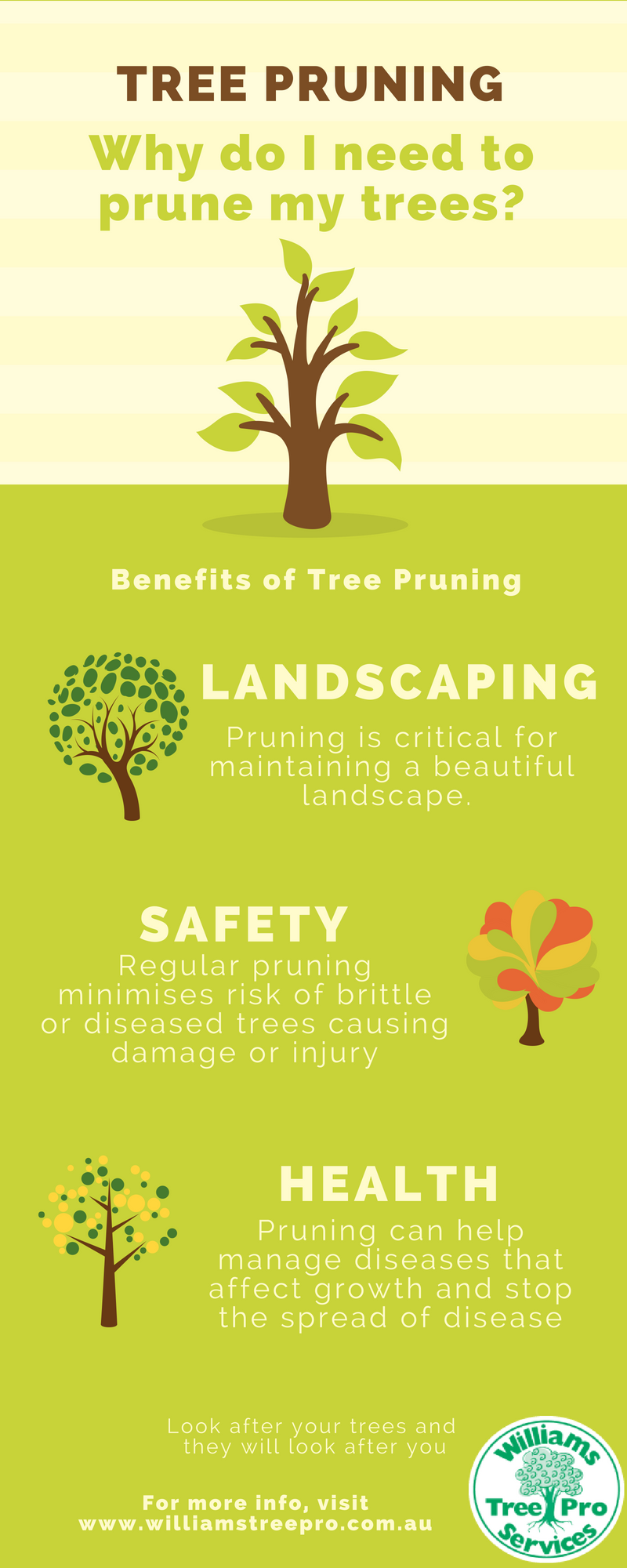Evaluating Tree Health: Standards For Choosing Tree Elimination
Evaluating Tree Health: Standards For Choosing Tree Elimination
Blog Article
Team Author-Jarvis Harrington
If you've ever questioned the destiny of the trees on your property, comprehending when it's time for elimination is vital. Yet exactly how do you establish if a tree can be saved or if removal is the only alternative? By searching for particular signs and evaluating safety dangers, you can make informed decisions that benefit both your landscape and your surroundings. Let's discover the vital variables that enter into play when choosing the destiny of a tree and exactly how you can guarantee the best end result for your environment-friendly companions.
Signs of Tree Decrease
If you notice any of the following indications of tree decline in your yard, it might be time to consider tree elimination.
One typical sign is dead or decaying branches, which can suggest underlying concerns impacting the tree's wellness. Look out for blemished or shrivelled fallen leaves that linger despite correct care, as this could be a sign of disease or parasites.
Another warning signal is extreme leaning or a noticeable shift in the tree's base, which might suggest origin concerns or structural instability. Watch out for fungal growth on the trunk or origins, as this can show rot and jeopardize the tree's security.
In addition, if you observe big cracks in the trunk or major arm or legs, it's crucial to attend to these issues promptly to prevent potential dangers. Addressing these indicators of tree decline quickly can help preserve the security and aesthetics of your backyard setting.
Security Concerns
To ensure the well-being of your property and those around you, focusing on security problems connected to trees is critical. Trees can present different safety and security dangers otherwise effectively maintained. Dead or rotting branches may drop all of a sudden, endangering people or damaging frameworks.
Leaning trees can also be harmful, specifically if they're leaning towards a structure or high-voltage line. In addition, trees with substantial root systems near foundations or below ground utilities can trigger significant damage in time.
It's vital to regularly inspect your trees for any kind of indications of prospective risk. Watch out for cracks in the trunk, large tooth cavities, or indicators of illness and decay. If you observe any one of these problems, it's best to seek advice from a specialist arborist to evaluate the circumstance and establish the necessary course of action.
Taking proactive actions to address safety and security issues immediately can stop accidents and residential or commercial property damage in the future. Bear in mind, the safety and security of your residential or commercial property and those around you must constantly be the top concern when it concerns tree upkeep.
Consulting an Arborist
When taking into consideration the health and wellness of your trees, consulting an arborist is a vital action. Arborists are trained professionals who focus on the treatment and upkeep of trees. They can assess the overall health of your trees, determine any concerns such as conditions or structural issues, and give expert referrals on the very best strategy.
By getting in touch with an arborist, you can receive beneficial insights into the problem of your trees and establish whether removal is needed. https://derivatives-loveland58157.bloguerosa.com/32078102/why-tree-stump-elimination-issues-and-exactly-how-to-effectively-carry-it-out have the understanding and experience to examine the threats associated with keeping a tree versus removing it. They can also provide assistance on different options, such as pruning, cabling, or bracing, to assist protect the tree whenever feasible.
In addition, arborists can aid you navigate any type of local laws or permits that might be required for tree removal. please click the following page can ensure that the process is carried out safely and in conformity with any type of applicable legislations.
Final thought
To conclude, when identifying whether trees can be conserved or if elimination is needed, it is very important to consider indications of decrease and safety issues. Consulting an arborist for a complete evaluation is necessary in making the very best decision for the tree's health and potential hazards. Remember, aggressive treatment and timely activity can help protect trees and prevent crashes.
